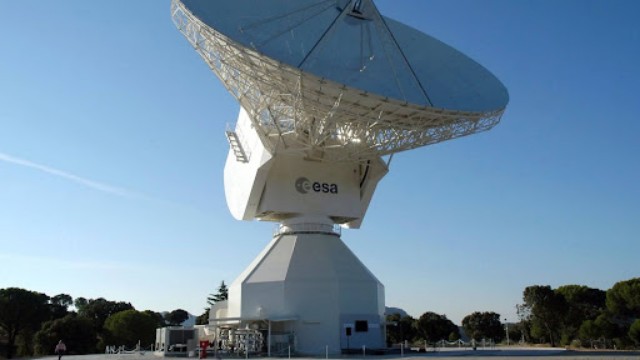
A supermoon observed from Hoboken, New Jersey, on Friday, November 15, 2024. (AP Photo/Seth Wenig, File)
As 2025 begins, the night sky promises to offer some breathtaking sights, even though it won’t feature a total solar eclipse like the one that captured everyone’s attention in 2024. However, the new year is packed with mesmerizing cosmic events, and the year kicks off with a celestial parade of planets.
In January, a stunning six-planet parade will unfold, with the planets visible for several weeks. The spectacle will continue into February when little Mercury joins the lineup, making it a rare seven-planet display. Some planets, though visible to the naked eye, may require binoculars or a telescope for clearer observation, especially just after sunset.
"People should get outside and see them while they can," advises Bruce Betts, the Planetary Society’s chief scientist. If you love stargazing, now is the perfect time to watch the night sky come alive.
Exciting Eclipses: Moon and Sun in Action
2025 will witness two lunar eclipses that will be visible from different parts of the world. On March 14, the moon will disappear for more than an hour over North and South America. This will be followed by a partial solar eclipse two weeks later, visible in regions like Maine, Canada, and parts of Europe, Siberia, and Africa.
September will bring another cosmic double feature. There will be an even longer total lunar eclipse across Europe, Asia, Africa, and Australia, followed by a partial solar eclipse at the southern tip of the Earth. Both events are sure to be a treat for skywatchers around the world.
Supermoons in the Sky: Bigger and Brighter Than Ever
This year will feature three spectacular supermoons, in October, November, and December. These full moons will appear larger and brighter as they orbit closer to Earth than usual. November’s supermoon will be the closest, coming within 221,817 miles (356,980 kilometers) of our planet. The supermoon phenomenon is always an exciting event, and this year’s trio promises to be no exception.
Planet Parade: A Galactic Show of Six
Starting in mid-January, six planets will form a striking arc across the sky. With the exception of Neptune and Uranus, all the planets will be visible with the naked eye just after sunset, weather permitting. This celestial display will last for weeks, and as February approaches, Mercury will also join the spectacle. Over the coming months, the planets will gradually disappear from sight, one by one, as spring arrives.
Auroras: Northern and Southern Lights Will Dazzle Again
The sun’s intense activity in 2024 created beautiful auroras in unexpected locations, and more geomagnetic storms are predicted this year. These storms will likely bring even more spectacular northern and southern lights. The sun has reached its solar maximum in its current 11-year cycle, meaning the chance for auroral displays will be high throughout the year. Skywatchers are urged to keep an eye on space weather forecasts to catch these dazzling shows when they appear.
Meteor Showers: A Celestial Fireworks Display
Meteor showers are always a crowd favourite, and 2025 will feature some spectacular ones. The Perseids in August and the Geminids in December will shine brightly in the night sky. However, don't overlook the lesser-known showers like the Lyrids in April, the Orionids in October, and the Leonids in November. The darker your viewing location and the dimmer the moon, the better your chances of enjoying these cosmic fireworks. Meteor showers occur when Earth passes through streams of debris left behind by comets or sometimes asteroids, creating a mesmerizing spectacle of shooting stars.















